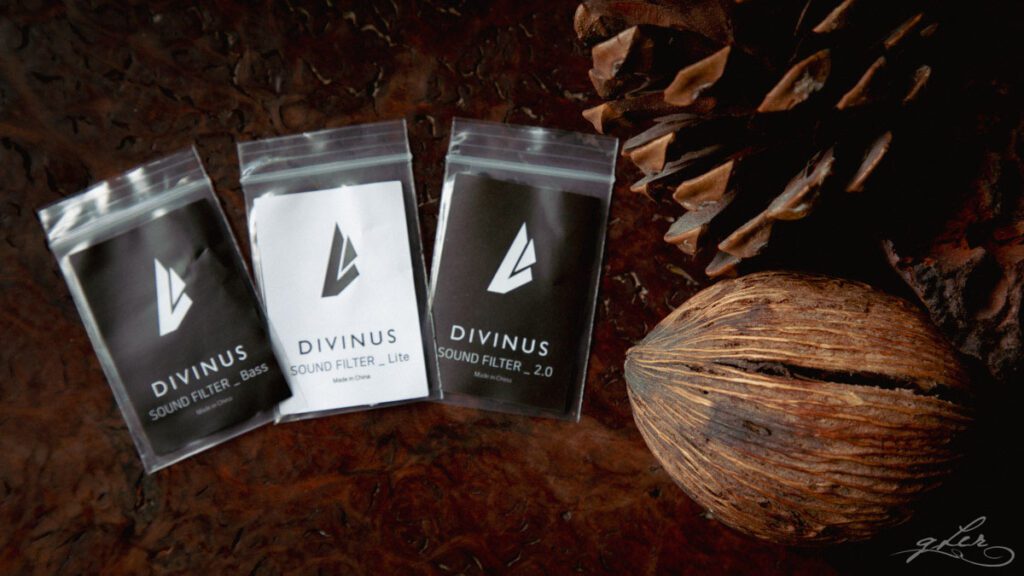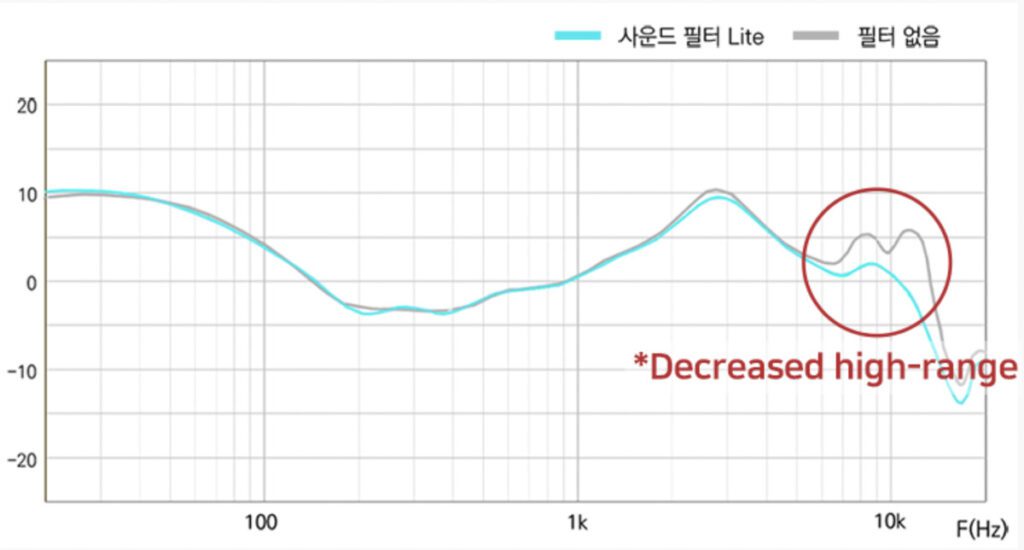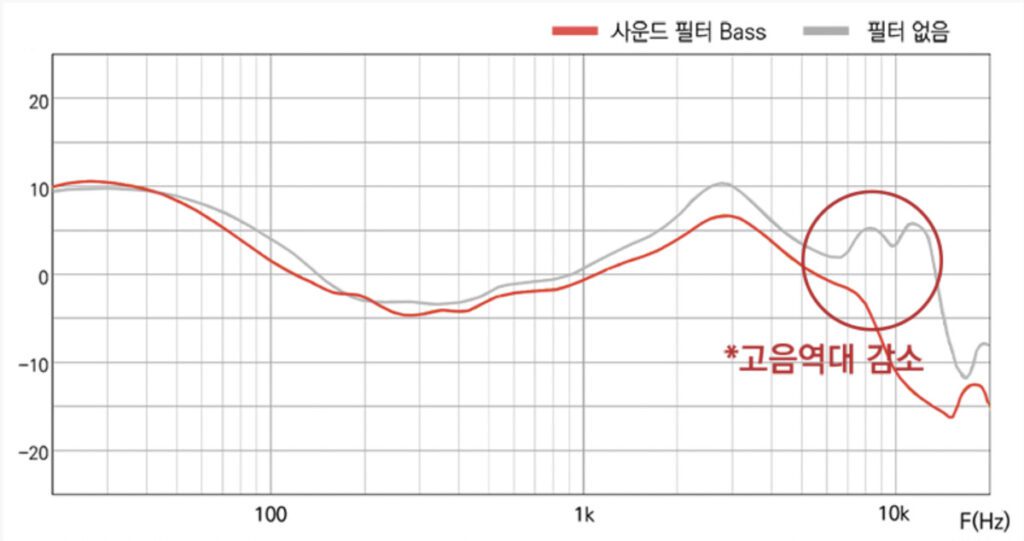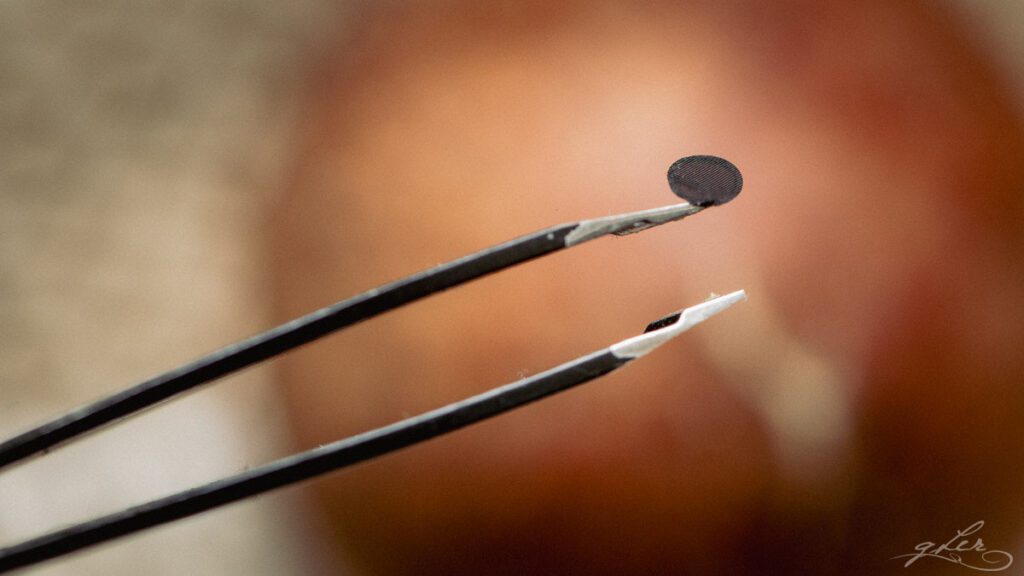Special thanks to Yoon from Divinus for giving us the opportunity to test the Sound Filter Pro set for this review.
Introduction
Divinus is a small, bespoke portable audio gear manufacturer based in Seoul, South Korea. My first experience of the brand came a few years back, when I got to test its Ostia TWS IEMs. My main takeaways from that review were first, the attention to detail and excellent build quality in a basic, budget product, and second, a curious accessory that accompanied the IEMs to help fine-tune their treble response.
That accessory, it turns out, is sold separately as Sound Filter Pro, three sets of three self-adhesive filters designed to fit many standard 4mm to 5mm IEM nozzles and, as with Ostia, help ‘shape’ the upper frequency response by reducing mid-to-upper treble energy.
I don’t know about you, but when I consider the main ‘issue’ I have with many IEMs, it’s often the treble. Be it quality or quantity, when it comes to sound quality, poor treble is usually the fly that spoils the broth, so to speak. And by poor, I generally mean too much.
Of course, there are many different ways to tame strident treble. EQ is probably the easiest and cheapest, followed by selecting complementary tips and/or cables that target and attenuate the treble response. But tips and cables vary in comfort and ergonomics respectively, and also affect other parts of the FR, not just treble. Cables can also get very costly for the relatively minor sound tweaks they provide.
As long as it’s compatible with your IEM’s nozzles, Sound Filter is an inexpensive and surprisingly very effective way to help you shape the treble response of IEMs that need it. It’s more than that too, as I discovered.

How it works
The idea behind Sound Filter Pro is not new. Speaker, headphone and IEM designers have historically used filtering (or more accurately, dampening) materials to shape the frequency response of their transducer drivers, and still do today.
Dampening materials are usually made of a porous mesh, with the size of the pores affecting the velocity of air movement passing through. Because different wave frequencies travel at different velocities, the type and amount of dampening will naturally affect a certain range of frequencies more so than others.
Divinus’ Sound Filter works in the same way. Each set is made from a polyamide material (a type of nylon) with a different degree of porosity, and as such reduces air velocity from the IEM nozzle at different rates. In doing so, each Sound Filter variant affects a different range of frequencies – mainly treble frequencies in this case – in different ways.
Because IEM frequencies can be accurately measured, it’s easy enough to measure the resulting effect of each filter:
Sound Filter_Lite, as the name suggests, offers the least amount of dampening, mainly affecting the upper treble (>8KHz) frequencies by gently reducing energy in this region by 3dB or less. The reduction closely follows the original treble curve of the IEM, so the sonic qualities of the IEM are kept more or less intact.

Sound Filter_2.0 attempts to lower mid-to-upper treble energy closer to ‘reference’ level, with up to 6dB reduction in energy at certain points. This is a more aggressive shaping that will also impact perceived midrange and bass energy, because lowering treble energy will generally bring other frequencies more forward.

Sound Filter_Bass is the most extreme of the dampeners, reducing upper treble energy by as much as 20dB in some cases, and also boosting low to medium frequencies. This essentially blunts the sparkle and shine of most IEMs and injects a much warmer tonality by cutting off treble and (by association) boosting bass.

Design and application
Because they’re so small, light and flat, all three Sound Filter Pro sets ship in an envelope-like pack. Inside you’ll find each set individually packed in a plastic sleeve.
The filters themselves are bonded to a clear plastic sheet. To remove them, use a small tweezer or pincher tool (unfortunately not provided with the pack, so you’ll have to find your own). You can also use a small pin, but a tweezer gives you more grip and control. Be careful when lifting the filter, because while the material is fairly robust, it can still deform or fold over on itself.
Applying the filter to an IEM nozzle is easy. First – and most importantly – make sure your IEM nozzle will work with the filter. If it’s too small (diameter smaller than 4mm), too large (more than 5mm), not flat (injection-moulded resin nozzle, for example) or has no surface area for the filter to adhere to, it won’t work. I also suggest you give the nozzle a once-over with an alcohol swab to make sure it’s clean and dust-free.

To fit the filter, carefully align the filter surface with the nozzle, then lower one side of the filter gently and let it naturally ‘sit’ on the nozzle surface. You can then let go with the tweezer, and gently push the filter to properly align it in the centre of the nozzle. The adhesive, while effective, is not that strong that it won’t allow for any movement, so do this part carefully and make sure you don’t force the filter off the nozzle.
Once you’re happy with the placement. Gently press on the filter with your finger until it’s firmly attached, replace the ear tips, and you’re done.
In my experience, I’ve been able to remove the filter from an IEM at least twice, and reapply it without issue. This lets you experiment with the different filters to find the right balance of dampening for a particular IEM, so don’t think that you’re stuck with the first filter choice you make. Just be slow and steady when applying or removing the filters, and do so in a well-lit area on a clean flat surface, and you won’t end up on all fours fishing tiny mesh filters out of a rug like some people (no names mentioned).

Continue to sound impressions…



